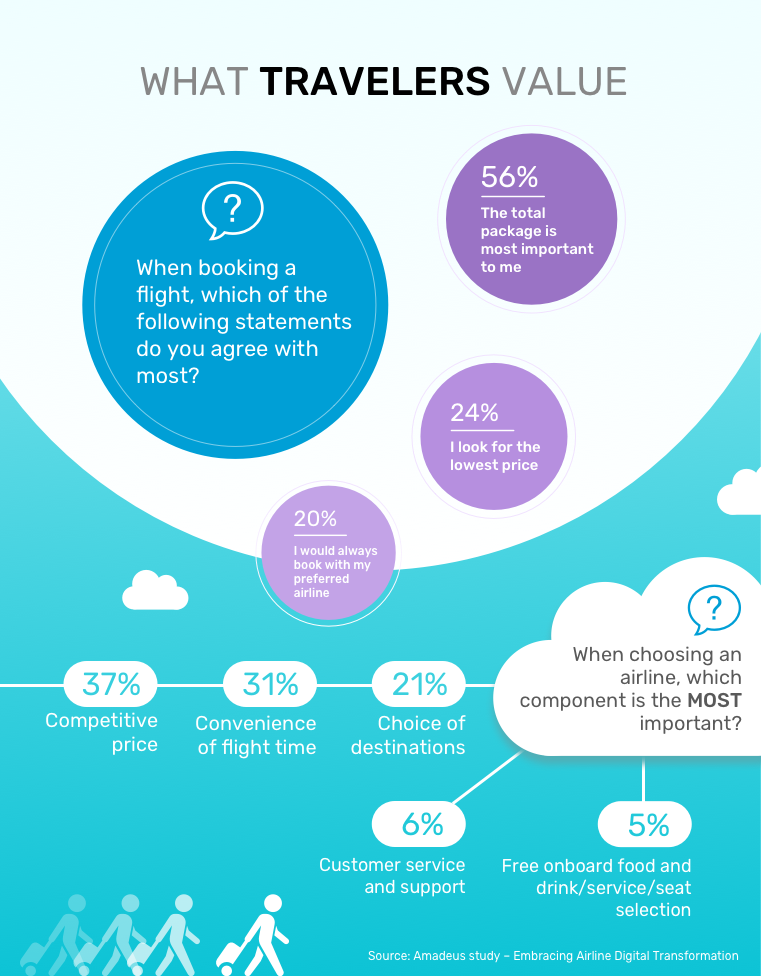Buying decisions can be influenced by many different factors and those factors change per person. Take toothpaste, for example. Toothpaste is a product that should be pretty simple – it cleans your teeth. But for some reason the toothpaste space has grown so large to have good portions of a store aisle dedicated to the tubes. Some promise whiter teeth, some protect against sensitivity, some are all natural, and some are unnaturally colored. The point is, different buying habits have shaped what should be a one- or two-option product into a smorgasbord of choice. You'll even find that some buyers are die-hard brand loyalists (I prefer Colgate, myself).
Until relatively recently, the aviation industry hasn't had to offer the same sort of options as companies in other industries do. This is largely in part to the fact that for quite some time, certain airlines would have monopolies over certain routes or regions making the only choice for travelers to fly the one airline in your area or find some other way to get where you're going.
Today, we're seeing more airlines pop up in areas that they never were before, finally giving consumers more choice and forcing airlines to make decisions on how they will position themselves to win business. In fact, here in Canada we're finally seeing an increase in options with 3 new carriers set to take flight this year.
So when travelers do have a choice, what shapes their decision on which airline to take? In a recent paper from Amadeus highlight traveler preferences, they reported that when booking a flight in general, the overall package is the most important factor (services, price, convenience, amenities, etc.) but if they were to choose a specific airline, price would be leading their decisions. Check out the breakdown of the survey responses to traveler preferences in the infographic below:





Thoughts on this post? Let's discuss!
Leave a comment by filling out the form.